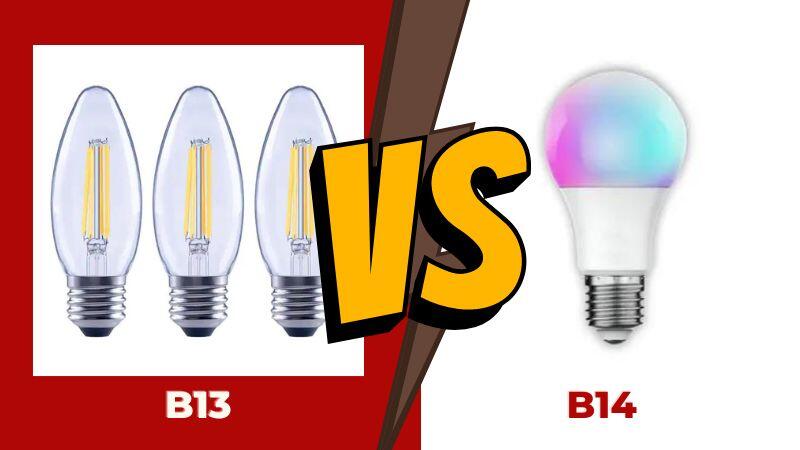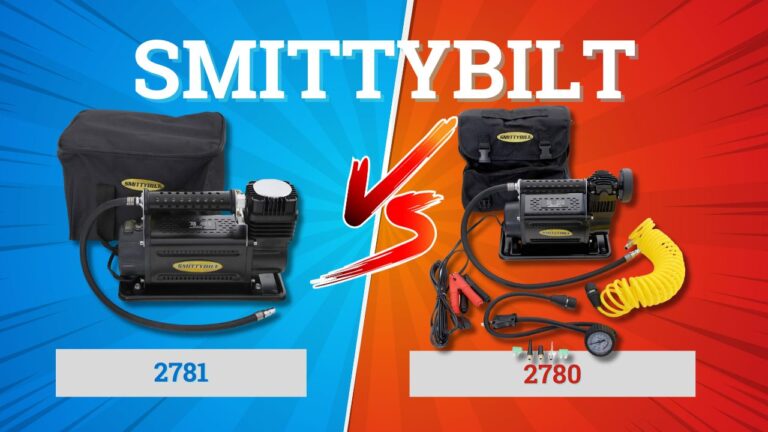B13 and B14 bulbs are two types of incandescent light bulbs that are commonly used in household lighting fixtures. While they may appear similar in size and shape, there are some differences between the two that could impact their performance and overall effectiveness. In this article, we will explore the similarities and differences between B13 and B14 bulbs to help you make an informed decision about which one to choose for your lighting needs.
Differences Between B13 and B14
Size and Shape
The B13 and B14 bulbs are both categorized as “candelabra” bulbs, meaning they have a small base that is designed to fit into smaller light fixtures. However, there are slight differences in their size and shape. The B13 bulb has a diameter of 1.625 inches and a length of 3.75 inches, while the B14 bulb has a slightly larger diameter of 1.75 inches and a length of 3.75 inches. This means that the B14 bulb may not fit into certain fixtures that are designed specifically for B13 bulbs.
Check Also – B10 Vs B13 Bulbs: What Are The Differences?
Wattage and Lumens
Another difference between B13 and B14 bulbs is their wattage and lumen output. The B13 bulb typically has a wattage range of 40-60 watts and a lumen output of 370-500 lumens, while the B14 bulb has a wattage range of 25-40 watts and a lumen output of 200-300 lumens. This means that the B13 bulb is brighter than the B14 bulb and is better suited for areas where you need more light, such as a kitchen or a workspace. The B14 bulb, on the other hand, is ideal for creating a softer, more ambient light in areas like a bedroom or a living room.
Color Temperature and Color Rendering Index
The color temperature and color rendering index (CRI) of a bulb can also impact its performance and overall effectiveness. The color temperature of a bulb is measured in Kelvin (K) and refers to the color of the light it emits. The higher the Kelvin rating, the cooler and bluer the light will appear. The lower the Kelvin rating, the warmer and the more yellow the light will appear. The B13 bulb typically has a color temperature of 2700K, which is a warm, yellowish light that is similar to the light emitted by traditional incandescent bulbs. The B14 bulb, on the other hand, typically has a color temperature of 2200K, which is an even warmer, more yellowish light that is ideal for creating a cozy, comfortable atmosphere.
The CRI of a bulb measures how accurately it can render colors compared to natural daylight. The higher the CRI, the more accurately the bulb can render colors. The B13 bulb typically has a CRI of 100, which is the highest possible rating, while the B14 bulb typically has a CRI of 80, which is still considered a good rating. This means that the B13 bulb is better at accurately rendering colors and is ideal for areas where color accuracy is important, such as an art studio or a makeup vanity.
Energy Efficiency and Lifespan Finally, it’s important to consider the energy efficiency and lifespan of B13 and B14 bulbs. Incandescent bulbs are not as energy-efficient as other types of bulbs, such as LED or CFL bulbs. The B13 bulb typically has an energy efficiency rating of 10 lumens per watt and a lifespan of 1,000 hours, while the B14 bulb typically has an energy efficiency rating of 6 lumens per watt and a lifespan of 1,500 hours. This means that the B13 bulb is slightly more energy-efficient and has a shorter lifespan than the B14 bulb.
Conclusion
B13 and B14 bulbs are popular choices for household lighting fixtures due to their small size and candelabra base. However, they do have some notable differences that can impact their performance and effectiveness in different environments.
The B13 bulb is brighter and has a higher wattage and lumen output than the B14 bulb, making it a better choice for areas where you need more light, such as a kitchen or a workspace. It also has a higher color temperature and CRI, making it ideal for areas where color accuracy is important, such as an art studio or a makeup vanity.
On the other hand, the B14 bulb is ideal for creating a soft, ambient light in areas like a bedroom or a living room. It has a lower wattage and lumen output, as well as a lower color temperature and CRI, which creates a warmer, cozier atmosphere.
Both bulbs are incandescent and not as energy-efficient as other types of bulbs like LED or CFL, but the B13 bulb is slightly more energy-efficient and has a shorter lifespan than the B14 bulb.
In conclusion, the choice between B13 and B14 bulbs will ultimately depend on your specific lighting needs and preferences. It’s important to consider factors like brightness, color temperature, color rendering, energy efficiency, and lifespan when choosing between the two. By considering these factors, you can choose the right bulb for your lighting fixture that will provide the ideal amount and quality of light for your space.




